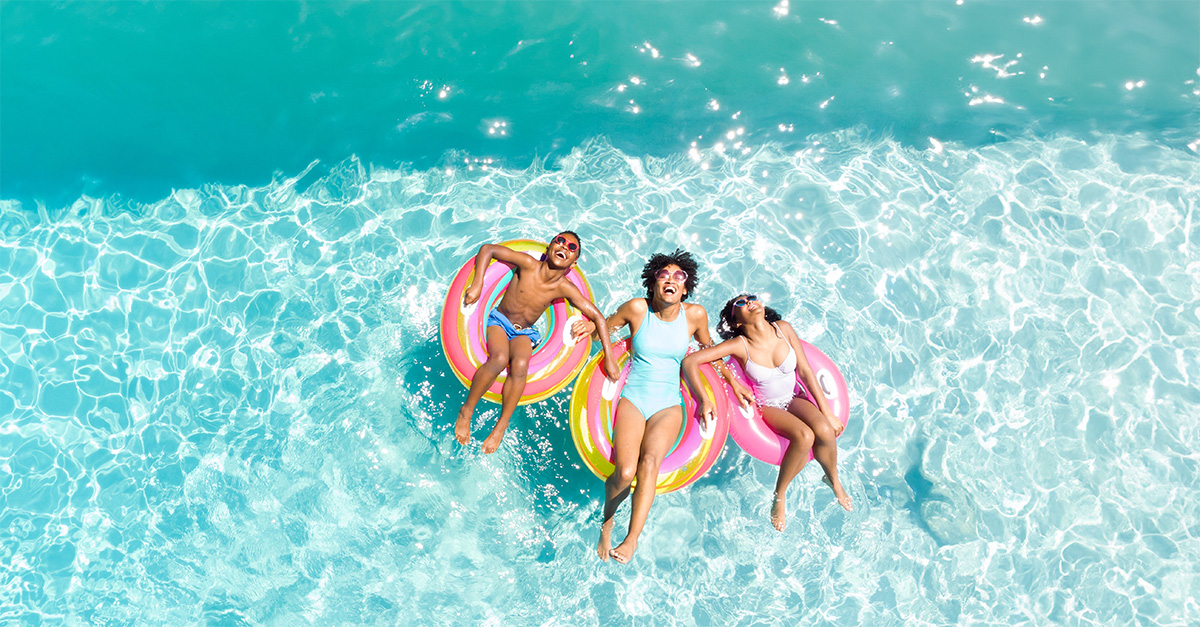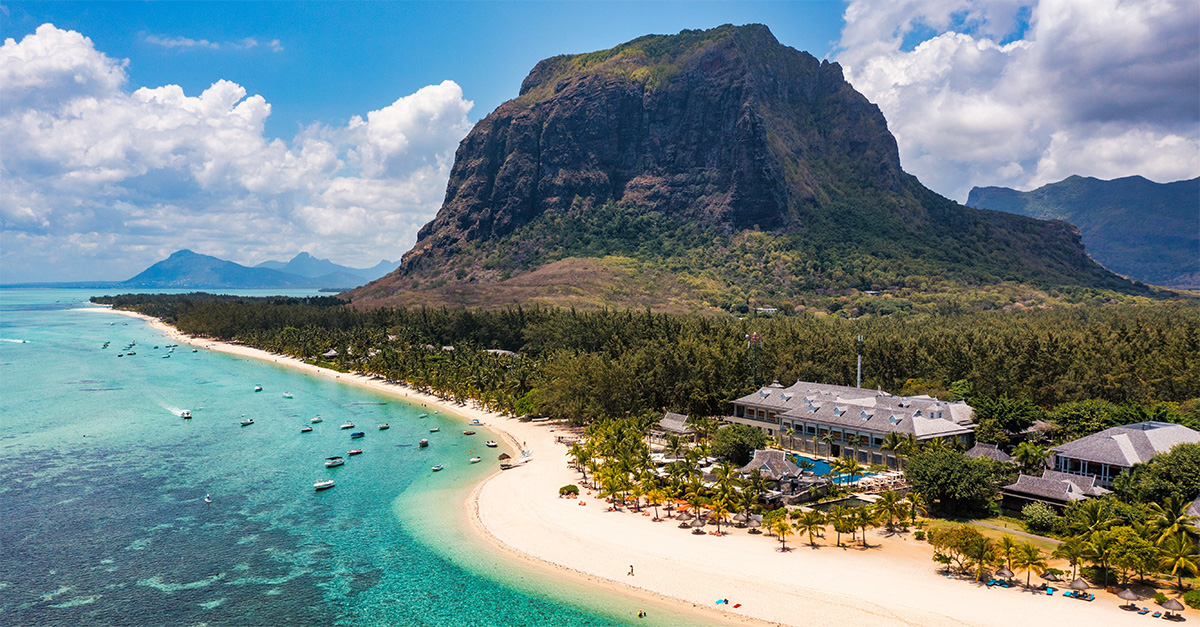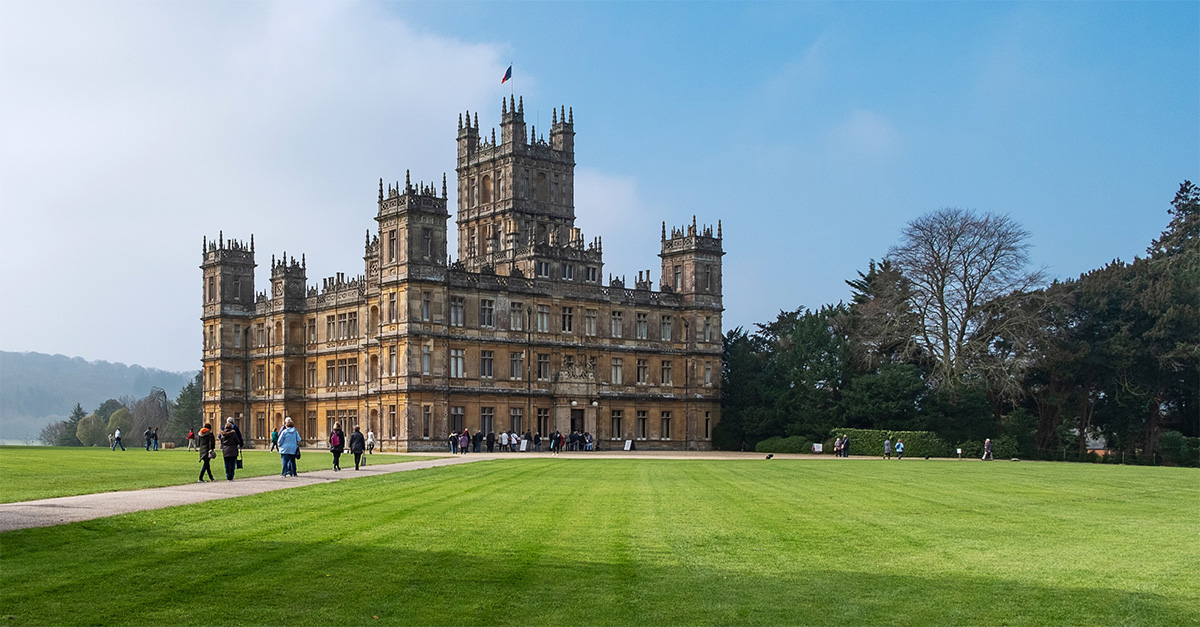Credit: Sanctuary Retreats
A game drive is only one of many ways to see the wildlife on safari, writes Joanna Booth
Like this and want more details? Click here to download and save as a PDF.
I like a little sit down, whether I’m on my sofa, or on safari. Give me a comfy spot in a jeep, add a veritable Noah’s Ark of wildlife parading by, maybe throw in the odd gin and tonic, and I’m the happiest Larry in Africa.
However, it is nice to shake things up once in a while, and repeat safari-goers in particular may be keen to intersperse the tried-and-tested game drive formula with a few safari substitutes. Walking safaris have been around for decades, and give clients a completely different perspective on the same terrain, but they’re just one of the many game-viewing alternatives on offer that we profile below, from canoes to camels.
Land
When it comes to getting a sense of your own puny size in comparison to the African wilderness, there’s nothing like a walking safari. The serenity of the bush without motor noise, and its scale, is really driven home as you file along, led by a guide and a guard with a gun, just in case anything large gets too feisty – it’s for scaring, not killing.
With your extra proximity to the ground, there’s even a ‘small five’ to keep an eye out for – elephant shrew, leopard tortoise, ant lion, rhinoceros beetle and buffalo weaver bird – and it’s far trickier to tick all these off than the big five.
Walking safaris were pioneered in Zambia, and it’s still one of the premier destinations for those who think two legs are good and four wheels are boring. The South Luangwa National Park is a particular hotspot, with walks available at almost every camp.
I encountered elephant loitering under a thicket of sausage trees on a walking safari from Sanctuary Retreats’ Puku Ridge Camp, which also offers other activities including classic game drives.
More remote and focused walking safaris can be experienced on itineraries staying in mobile camps. Robin Pope Safaris is celebrating 25 years of its mobile walking safaris next year, with a seven-night expedition in the Luangwa Valley that covers about six miles a day.
South Africa offers walking opportunities too, including black rhino tracking at White Elephant Safari Lodge in KwaZulu-Natal, where clients learn about the monitoring and conservation project while encountering these rare creatures.
In Kenya, walking safaris are not permitted in the national parks, so book clients into lodges on the privately owned conservancies that border them – all four Porini camps fit the bill, and walks here are led by Maasai warrior guides.
If neither wheels nor walking appeals, then there is a third way – someone else’s legs. Horseback safaris are growing in popularity and there are options to suit riders of all abilities.
Claire Farley of 2by2 Holidays says: “Limpopo Valley in Botswana is one of my favourites for a horseback safari, as here you ride through wild and dramatic terrain among huge herds of elephants and encounter lion and buffalo, so you need to be an experienced rider. Horizon Horseback safaris in the Waterberg region of South Africa offer a great plains riding experience and, as there are no lions here, it’s ideal for intermediate riders and beginners. Pakamisa in KwaZulu Natal offers lodge-based riding safaris, ideal if one partner rides and the other doesn’t.”
For something even more novel, African Pride offers camelback safaris in the Laikipia region of Kenya, at lodges including Ol Malo and Sabuk Lodge. “Going camel riding across the plains is a fantastic and unusual way to view the game, which – as with horses – won’t flee from the camels, meaning you get very close to the action indeed,” explains Carole McFadden, reservations manager at African Pride.
Water

Credit: Wilderness Safaris – Dana Allen
When you consider how game flocks to water, it makes sense for safari-goers to do the same. Craft come in all shapes and sizes, so there are options for the more adventurous and those who don’t want to risk getting their feet wet.
Botswana’s a top spot when it comes to a liquid launch, with both the Chobe River and the Okavango Delta naturally suited to exploring by boat.
The Chobe River is elephant central – estimates put numbers in the Chobe National Park at 120,000 – and lion and buffalo abound too, making a boat safari here something to boast about.
Visions of Africa offers clients the chance to record their memories visually with photographic boat safaris on the Chobe where the cameras – high-quality digital SLRs with massive zoom lenses – are included. A two-night full-board package with two boat excursions starts from £360.
In addition to small-boat excursions, clients can take a two or three-night cruise on the 14-suite Zambezi Queen, where they can watch game from their balcony as well as taking to the ship’s small boats for safaris and fishing excursions.
In Venice they call it a gondola, in Cambridge they call it a punt, but in the Okavango Delta they call it a makoro, and drifting along the lily-strewn channels spotting game is the quintessential Botswana safari experience. The majority of camps offer makoro and boat safaris, but as water levels rise and fall – peaking in May at the end of the wet season – checking what’s on offer when is key.
Some camps – those near the main river channels, such as Wilderness Safaris’ Xigera Camp – can offer boating safaris year round, but land activities may not be possible when the delta is in full flood. Others – think those in Kwando’s Kwara concession, and &Beyond’s Nxabega – can accommodate game drives year round but water activities at some of these camps can be seasonal.
Those who’ve seen the Smoke that Thunders – the local name for Victoria Falls – may think that the Zambezi River might not be a good place to mess about in boats. But the meandering Lower Zambezi is perfect, with safari properties in the national park, such as Royal Zambezi Lodge, offering a trio of activities. Fish here, and clients can hook bream, barbel and even the famous tigerfish, with its huge, razor-sharp teeth. They can game-view from a canoe or a motorboat, ending with serene sundowners on the water.
Air

A balloon ride over the African plains has become a honeymoon staple, and for good reason. Floating at first light above an epic landscape creates just the sort of magic moment couples are seeking.
It’s most common in Kenya and Tanzania, where vast herds of wildebeest, elephants and giraffes graze among the acacia trees of the Maasai Mara and the Serengeti. Crowning the experience with a champagne breakfast after landing is an option favoured by many operators, including Kuoni, which offers the experience from £332 in Kenya and £375 in Tanzania.
The experience is no less thrilling in Namibia, where balloons glide above the towering sand dunes at Sossusvlei in the Namib Desert, bathed a fetching shade of apricot by the dawn light. Guests on Cox & Kings’ 13-day Namibia: Untouched Wilderness group tour can take just such a flight at an extra cost of £345.
Namibia’s immense wilderness areas also make it a popular choice when it comes to clients taking to the air with a little more oomph. An itinerary with connections by light aircraft rather than road not only eats up the miles between lodges but also gives clients the opportunity to get a bird’s-eye view of the country.
The surf-battered but bleakly beautiful – and extremely remote – Skeleton Coast is best visited on a fly-in safari such as Rainbow Tours’ nine-day Namibia Luxury Wing Safari, from £4,980 including flights. This tour includes a stay at the new Hoanib Skeleton Coast Camp, a Wilderness Safaris property, and an additional scenic flight over the shoreline, where the skeletons of ships wrecked by the currents line up with those of whales – a legacy of the former whaling industry.
In Botswana, the wetlands of the Okavango Delta often make overland transfers impossible, so this is another spot where fly-in safaris are recommended. Those flights – where the small planes swoop low over the luscious green and blue channels – do push up the price, but Botswana’s incredibly luxurious lodges make it a spot suited to safaris that are higher in price, as well as elevation.




